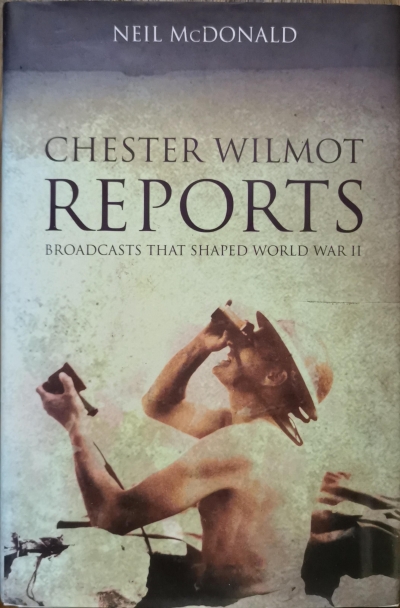Neil McDonald
Valiant For Truth: The life of Chester Wilmot, war correspondent by Neil McDonald with Peter Brune
by Kevin Foster •
Chester Wilmot Reports: Broadcasts that shaped World War II by Neil McDonald
by John Connor •



